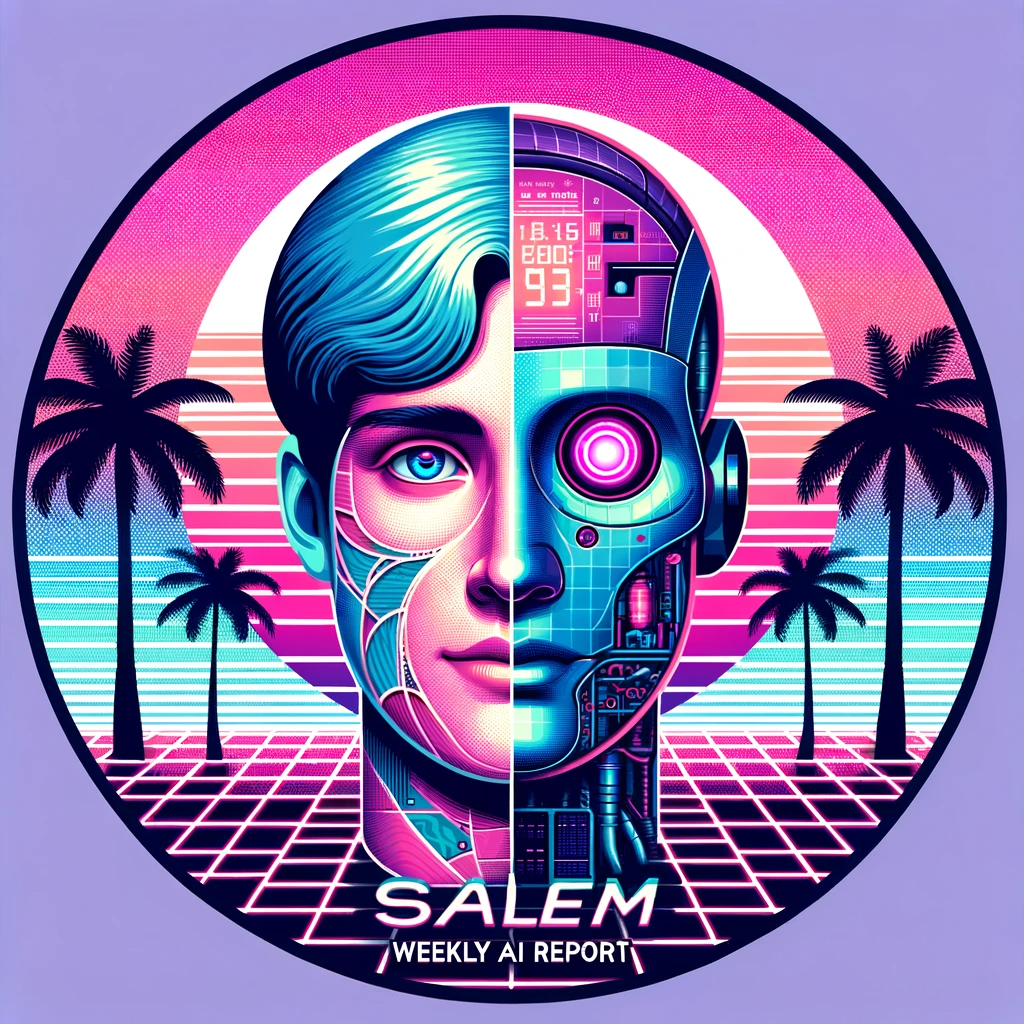
Using Generative AI for Historical Research
Title: Unlocking the Power of Generative AI for Historical Research
Introduction:
Generative AI has the potential to revolutionize historical research by providing new tools for analysis, interpretation, and visualization of primary sources. While the technology is still in its early stages, it has already demonstrated impressive results in areas such as translation, transcription, and data visualization. In this blog post, we will explore the current state of generative AI for historical research, highlighting its strengths and limitations, and provide practical examples of how it can be used to enhance historical research.
Section 1: Translation and Transcription
One of the most promising applications of generative AI for historical research is in the areas of translation and transcription. AI language models, such as GPT-4, have shown remarkable accuracy in translating and transcribing historical texts, even in cases where the texts are written in unfamiliar languages or contain errors in orthography.
For example, in a recent experiment, we used GPT-4 to transcribe and translate a 1749 Portuguese-Brazilian medical treatise called Prodigiosa lagoa descuberta nas Congonhas, or “Miraculous Lagoon Discovered in Congonhas.” The text contained numerous printer’s errors, obscure geographical references, and defunct medical diagnoses, making it a challenging source for translation and transcription. However, GPT-4 was able to accurately transcribe and translate the text, even identifying a previously unknown medical diagnosis called quigilia.
Section 2: Data Visualization
Another area where generative AI has the potential to transform historical research is in data visualization. AI can quickly and accurately generate data visualizations based on historical sources, allowing researchers to gain new insights into complex historical phenomena.
For example, we used GPT-4 to generate a data visualization based on a table from a 1935 Fortune magazine survey, which asked readers about their attitudes toward FDR. The AI was able to accurately interpret the data and generate a beautiful, useful chart that could be used in historical research.
Section 3: Limitations and Challenges
While generative AI has shown impressive results in historical research, it is not without limitations and challenges. One of the main limitations is the accuracy of the AI’s output, which can sometimes be less than perfect, particularly in cases where the input data is incomplete, inaccurate, or ambiguous.
For example, in our experiment with the Prodigiosa lagoa treatise, GPT-4 made a small but interesting error in identifying a previously unknown medical diagnosis called quigilia. While this error did not significantly impact the translation, it serves as a cautionary tale about the limitations of AI and the importance of human oversight and interpretation.
Section 4: Future Directions
Despite the limitations, the potential benefits of generative AI for historical research are too great to ignore. As the technology continues to evolve and improve, we can expect to see even more powerful and sophisticated applications of AI in historical research.
For example, we can envision a future where AI is used to automatically generate transcriptions and translations of historical texts, making it easier and faster for researchers to access and analyze primary sources. We can also envision a future where AI is used to automatically generate data visualizations based on historical sources, allowing researchers to quickly and accurately identify patterns and trends in complex historical phenomena.
Conclusion:
In conclusion, generative AI has the potential to revolutionize historical research by providing new tools for analysis, interpretation, and visualization of primary sources. While the technology is still in its early stages, it has already demonstrated impressive results in areas such as translation, transcription, and data visualization. As the technology continues to evolve and improve, we can expect to see even more powerful and sophisticated applications of AI in historical research, transforming the way we study and understand the past.
References:
Breen, B. (2021). Unlocking the Power of Generative AI for Historical Research. Retrieved from https://resobscura.substack.com/p/unlocking-the-power-of-generative-ai-for-historical-research
Furtado, J. F. (2018). Quigilia: A Disease of the Bantu Kingdoms. Retrieved from https://www.jstor.org/stable/jaf14747
Wellcome Library. (n.d.). Prodigiosa lagoa descuberta nas Congonhas. Retrieved from https://wellcomelibrary.org/item/Ii0pXzZXcT

